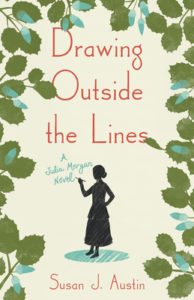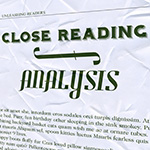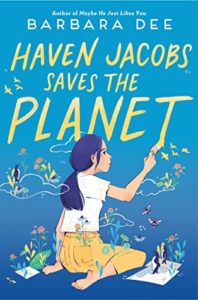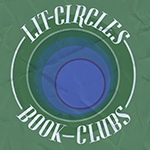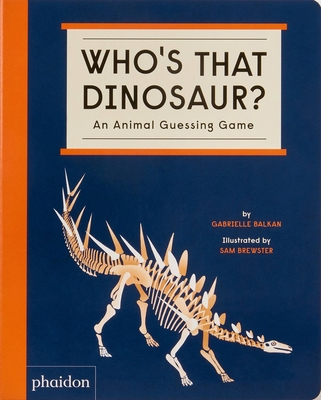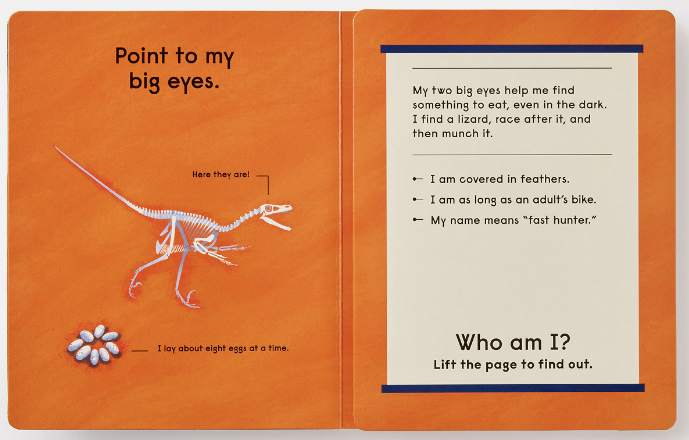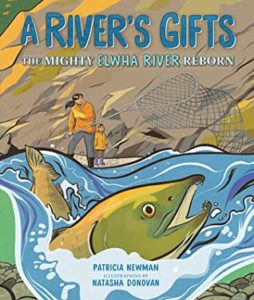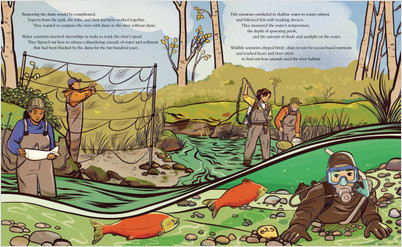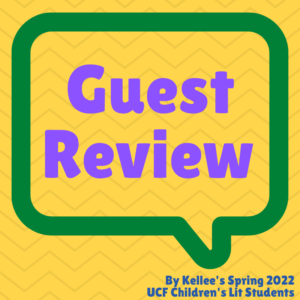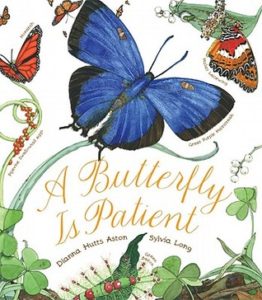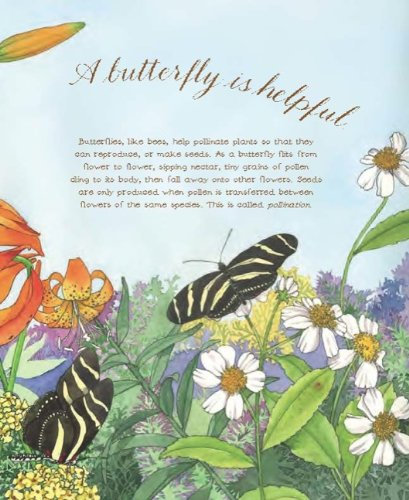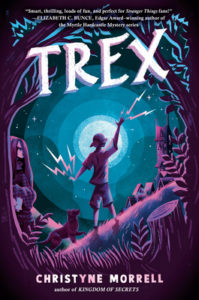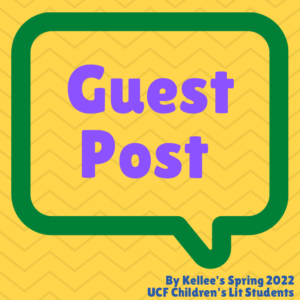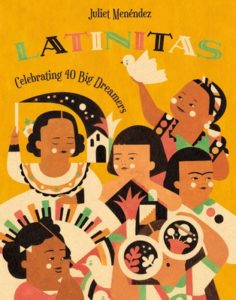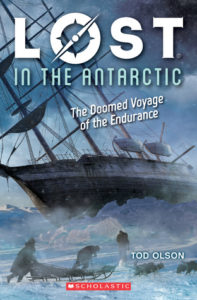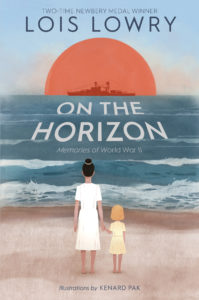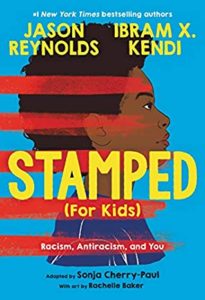Drawing Outside the Lines: A Julia Morgan Novel
Author: Susan J. Austin
Published October 18th, 2022 by SparkPress
Summary: Meet the brilliant, fearless, and ambitious Julia Morgan. In 1883, eleven-year-old Julia visits the amazing new Brooklyn Bridge—an experience that ignites within her a small but persistent flame. Someday, she decides, she too will build an astounding structure.
Growing up in horse-and-buggy Oakland, Julia enjoys daring fence walks, climbing the tallest trees, and constantly testing her mother’s patience with her lack of interest in domestic duties and social events. At a time when “brainy” girls are the object of ridicule, Julia excels in school and consistently outsmarts her ornery brothers—but she has an even greater battle ahead. When she enrolls at university to study engineering, the male students taunt her, and the professors belittle her. Through it all, however, Julia holds on to her dream of becoming an architect. She faces each challenge head-on, firmly standing up to those who believe a woman’s place is in the home. Fortunately, the world has yet to meet anyone like the indomitable Miss Morgan.
Drawing Outside the Lines is an imagined childhood of pioneering architect Julia Morgan, who left behind her an extraordinary legacy of creativity, beauty, and engineering marvels.
Author: Susan Austin
Praise:
- “Austin imagines Julia Morgan’s life with authority. She makes an important historical figure accessible to us. Drawing Outside the Lines makes us see and feel what Morgan was up against, which makes her spectacular work all the more impressive.” —Gennifer Choldenko, Newbery Honor-winning author of the Alcatraz series
- “Austin imagines Julia Morgan’s life with authority. She makes an important historical figure accessible to us. Drawing Outside the Lines makes us see and feel what Morgan was up against, which makes her spectacular work all the more impressive.” —Joan Schoettler, author of Ruth Asawa: A Sculpting Life
- “Diligent research and a rich imagination make Susan Austin’s new book on the young Julia Morgan a pleasure to read for all ages. Morgan is an amazing role model for young women everywhere. Austin offers plenty of examples of Morgan’s determination and talent and embroiders on these to create a convincing narrative. This book is a charming introduction to a great woman architect.” —Sarah Gill, author of Julia Morgan’s Berkeley City Club
About the Author: As an educator, Susan J. Austin knows the minds of young readers. Her first novel, The Bamboo Garden, is set in Berkeley, California, 1923, and describes an unlikely friendship between two girls that is tested by a fierce fire that threatens to destroy their town. Currently, she is writing about 12-year-old Goldie, a whiz kid in the kitchen who hopes that her culinary magic can help her family’s delicatessen out of a pickle in 1928 Hollywood. Her characters are always brave, strong-willed, risk-takers. Writing historical fiction offers her a way to educate and excite her readers about the past. She and her husband live in Northern California, surrounded by family, their splendid, but fussy rose bushes, and a lifetime collection of books. Learn more at www.susanjaustin.com
Review: I loved stepping back to the turn of the 20th century with Julia and experience her marvel as engineering and architectural feats were occurring all over America. I also learned so much along with Julia in the book–it was intriguing to learn about architecture, architectural materials, engineering, and more!
Although I know that much of the book is fiction, that Julia is based on a real woman made the story easier to connect with because you knew she succeeded; you knew that all of the hate and bullying and sexism didn’t keep her down. And I wanted to keep following her journey to see all of the amazing things she did to prove people wrong.
Overall, a well-researched and also engaging historical fiction novel about a topic and time period not often shared with our middle grade readers. I look forward to sharing it with students and am happy to share it here.
Teachers’ Tools for Navigation: This novel lends itself to be a companion when teaching historical architecture, engineering, or mechanical drawing. It also includes great anecdotes that could add to a lesson about the turn of the century’s amazing feats such as the Brooklyn Bridge, Eifel Tower, and Ferris Wheel.
Additionally, must of Julia’s story is shrouded in sexism which would go well with a discussion on women’s rights during American history.
The book could also be a mentor text for students to write their own historical fiction story based on an individual. The author’s note could be used to show how the author took what she learned through research and then made the story her own while still honoring the historical time and figure.
Discussion Questions:
- How did the author use what she knew about Julia Morgan to create this story?
- Which of Julia’s mentors do you think influenced her the most?
- Why did Julia’s mom have more trouble with letting Julia focus on academics than her father did?
- Even though Mary and Julia were very different, how did they complement each other and help each other succeed?
- Is there anything in the book that you really wanted to be true but the author’s not shared it was fiction?
- How was Julia treated versus her male counterparts in her university?
- What barriers did Julia face and overcome? Why did the barriers exist and how did she overcome them?
- How did Julia’s family both shape and inhibit her?
Flagged Passages:
Part II: The Choice

Chapter 11: Too Brainy
“The tower with windows on all four sides, offers a fine view of the city. After considering several sites, I decide on an unusual structure I frequently pass by.
The next day, as I climb the tower’s narrow staircase, voices and thumping noises dash my hope of being alone. The room is packed with fellow drawing students. As soon as I step inside, the place turns eerily quiet.
I’m not surprised. The boys have never approved of me. Pencils go missing from my desk, my work is crumpled or tossed to the floor, and every day my stool mysteriously moves to the back of the room. It hardly ever happens to the few girls in the class. Just me. Although I hate the situation, it would be worse if I spoke up. Over the years, I’ve grown used to being teased by both boys and girls, mainly about my good grades. But high school is different. The boys in mechanical drawing have made it clear: I am not welcome.
I make my way to the best window for viewing my subject—the Pardee water tower. It’s a two-story wood construction, wider at the bottom, and topped with a windmill. Two boys standing by the window appear absorbed in their drawings. When I head toward a second, less favorable window, the boys standing there act as if I’m invisible. The air in this crowded, silent room is stale and unpleasant, much like the smell of dirty laundry in my brothers’ bedroom.
Heading to a third window, I steel myself for trouble, resolving to be sugar sweet. I will shame them. With a cheery smile, I say, “Excuse me. Is there room for one more here?”
The boy with freckles finally looks up from his sketchpad. “Have to wait ’til we’re done. And that could take a while.” I glance at his notebook. Blank.
I want to race back down those stairs, but I stay. Still smiling, I say, “Frankly, I think your estimate is incorrect. I shall not take up much room.”
If they are like my brothers, they will back down like timid deer. Can they hear the frantic flutter in my chest? After the briefest pause, they shuffle aside, red-faced, leaving me a tiny space.
The water tower is visible against a flame-red sunset. Within minutes I have a decent rendering. A quick glance at the boys’ sketchbooks confirms my hunch. Still blank.
The floorboards creak as I leave the church-quiet room. Reaching the bottom of the stairs, I hear that familiar refrain. “She’s too brainy for a girl.”
The laughter that follows stings worse than the words. I shut the door behind me, angry. What’s wrong with a girl being smarter than a boy? And so what if I draw well? It’s easy for me, like breathing.”
Read This If You Love: Historical fiction with strong women who overcome the odds of the limitations set by their time period, Architecture
Recommended For:
**Thank you to Spark Point Studio for providing a copy for review!**
